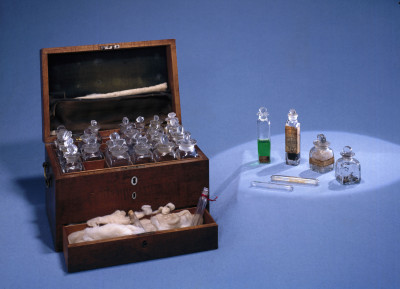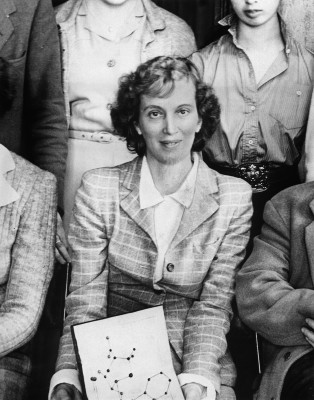By Alison Boyle, Keeper of Science Collections
We’ve got plenty of Christmas cheer planned here at the Science Museum, but we also always look forward to what our friends at the Royal Institution have in store for their annual Christmas Lectures. This year we’re excited to hear materials chemist Professor Saiful Islam talk about energy and new fuel technologies.
This is just one example of many ways in which chemistry plays an important role in addressing the challenges we face – but all too often it is a somewhat forgotten subject. Research by the Royal Society of Chemistry shows that many people aren’t aware of the huge variety of what chemists, chemical engineers and others working in the field do.
That’s why we are very pleased to be collaborating with the Royal Society of Chemistry to raise awareness and understanding of the role and value of chemistry and the chemical sciences in society. Our world-class chemistry collections – encompassing around 10,000 objects spanning experimental chemistry, industrial chemistry, plastics, and biochemistry – are a hugely rich resource to illustrate the range of roles played by chemistry and chemists today and in the past.

They include objects associated with famous names, such as a chemical chest owned by Michael Faraday (who made the RI Christmas Lectures famous), items associated with William Henry Perkin and mauve, apparatus used by William Ramsay in research on the noble gases, and the archive of James Lovelock. But they also include many more objects used by little-known people working in laboratories, industry and government, and while these objects are not famous they have many stories to tell.

Taking on the challenging – but enviable – task of bringing these collections to life, Sophie Waring will join us in February as our new Curator of Chemistry. She says “I am completely delighted to be joining the curatorial team at the Science Museum and to have the privilege of curating the Museum’s world class chemistry collection. Working closely with the Royal Society of Chemistry I’m looking forward to using the collection to tell chemistry stories that will inspire the chemists, material scientists and innovators of tomorrow.”
Sophie joins us from the Museum of the History of Science, University of Oxford, where she has recently co-curated Back from the Dead, Demystifying Antibiotics. Celebrating the seventy-fifth anniversary of the first human trials of penicillin at Oxford, the exhibition brings together the history of wartime work on developing penicillin into a viable pharmaceutical with current research on antimicrobial resistance at the University of Oxford. The exhibition features several objects on loan from the Science Museum, including one of the stars of our collection – Dorothy Crowfoot Hodgkin’s molecular model of penicillin.

Sophie says “Coming to the Science Museum I hope to be able to work with the collection to focus on the materials that chemists make and manipulate as well as their research work. Showing visitors that science is everywhere in their lives, not just with powerful devices but, even more importantly, with reliable and exciting substances of the everyday, is an exciting challenge.” We’re looking forward to 2017!